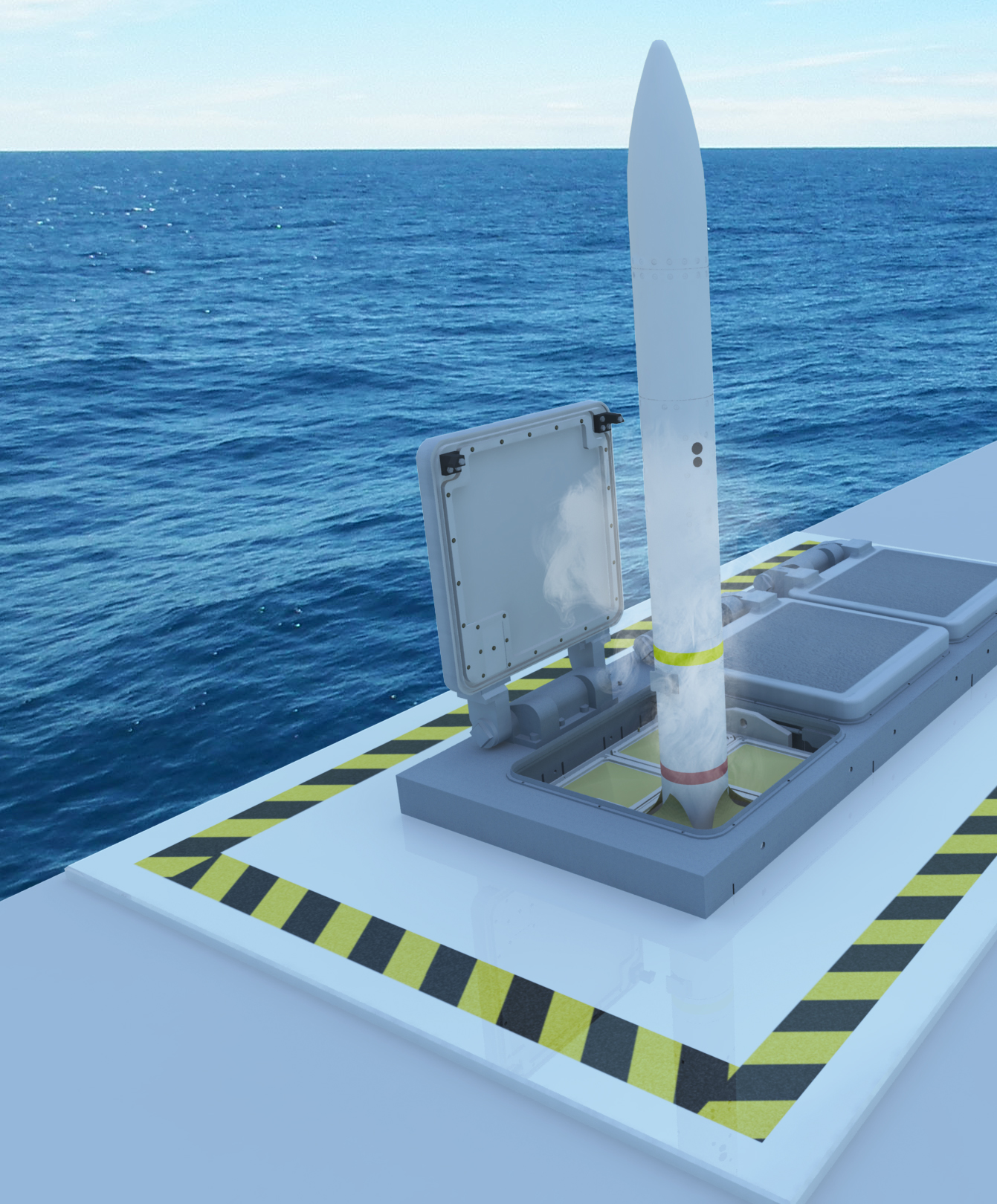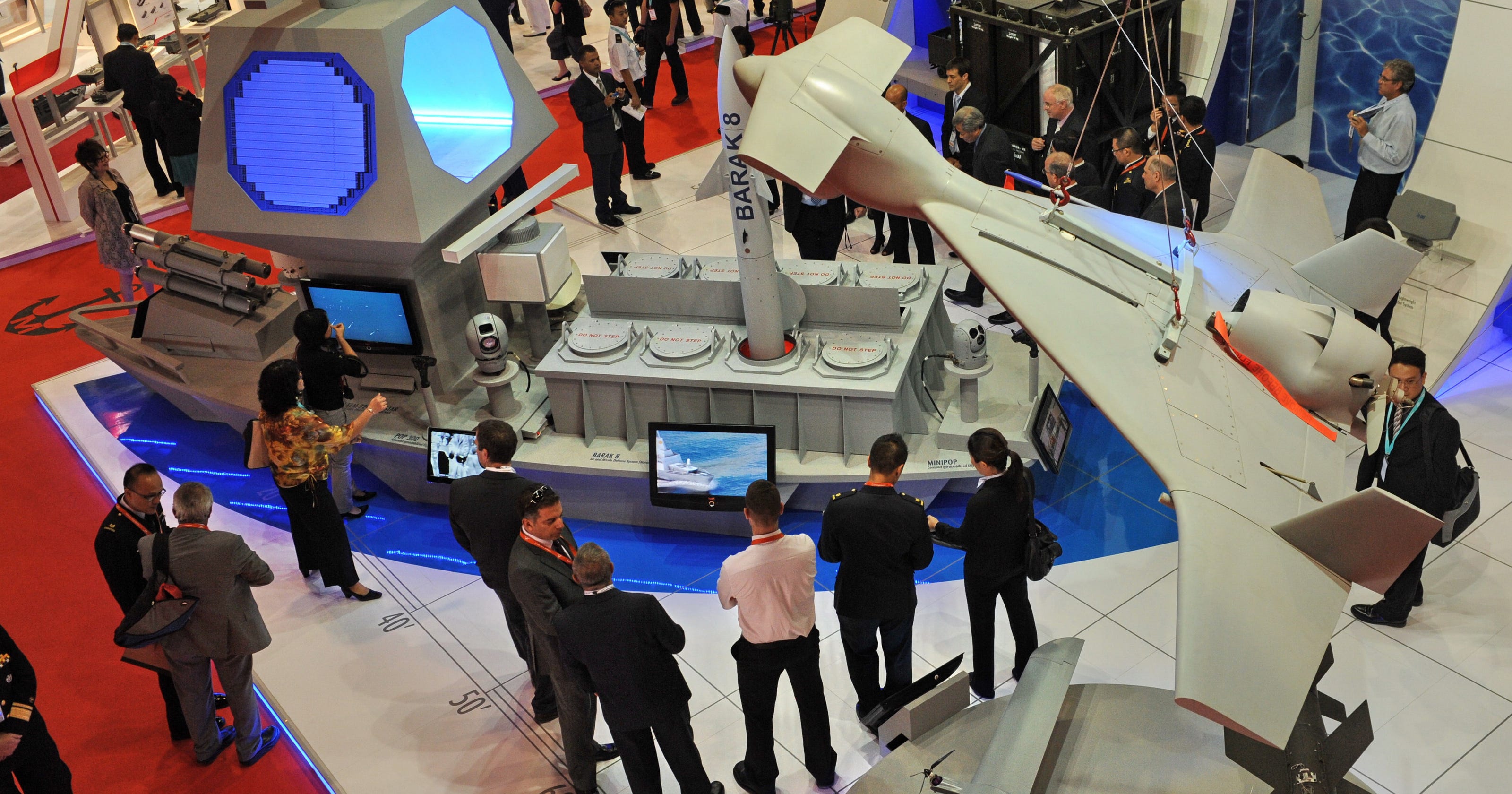Zarvan
ELITE MEMBER

- Joined
- Apr 28, 2011
- Messages
- 54,470
- Reaction score
- 87
- Country
- Location

The Type 23 frigate Admirante Cochrane at sea. The Armada de Chile is expected to select an upgrade package later in 2016. Source: US Navy
Rival combat system integrators bidding to upgrade the Chilean Navy's three Type 23 frigates have presented the service with combat system modernisation solutions using either the Israel Aerospace Industries (IAI) Barak-8 or the MBDA Sea Ceptor anti-air guided weapon systems, IHS Jane's has learned.
A third missile option - in the form of the Raytheon RIM-162 Evolved SeaSparrow Missile (ESSM) - appears to have dropped out of contention despite the US government approving a prospective sale.
BAE Systems (teamed with QinetiQ), IAI's MBT Division, Lockheed Martin Canada, and Thales Nederland are vying to modernise the three former UK Royal Navy (RN) ships Almirante Cochrane (ex-HMS Norfolk ), Almirante Condell (ex-HMSMarlborough ), and Almirante Lynch (ex-HMS Grafton ). The four companies were shortlisted in 2015 to bid for the upgrade or replacement of the ships' combat management system (CMS) and surveillance/target indication radar, and the replacement of the GWS 26 Mod 1 VL Seawolf command-to-line-of-sight point-defence missile system with an active radar or semi-active radar guided weapon system.
A formal request for proposals was released in mid-March, with responses submitted in early July. A decision on the preferred supplier is expected during the fourth quarter of 2016.
BAE Systems' proposal effectively mirrors the upgrade being introduced to RN service under the Type 23 Capability Sustainment Programme (CSP), encompassing the Outfit DNA(2) CMS (replacing the legacy Outfit DNA[1]), the ARTISAN 3D (RN designation Radar Type 997) medium-range radar (replacing Radar Type 996), and the MBDA Sea Ceptor local area anti-air weapon system. Sea Ceptor is founded on MBDA's new 'soft-launch' Common Anti-Air Modular Missile, which uses active radar homing (supported by mid-course guidance updates) to deliver an all-weather engagement capability.
MBDA argues that selection of Sea Ceptor would enable the Chilean Navy to maintain commonality with the RN. Furthermore, the ship installation would be de-risked by the prior RN Type 23 retrofits; Sea Ceptor is being introduced on board the RN's 13 remaining Type 23 frigates, replacing GWS 26 Mod 1, with HMS Argyll the first ship to receive the system.
Want to read more? For analysis on this article and access to all our insight content, please enquire about our subscription options ihs.com/contact
To read the full article, Client Login
(363 of 935 words)
http://www.janes.com/article/63496/chile-set-to-choose-from-four-bids-for-type-23-upgrade






